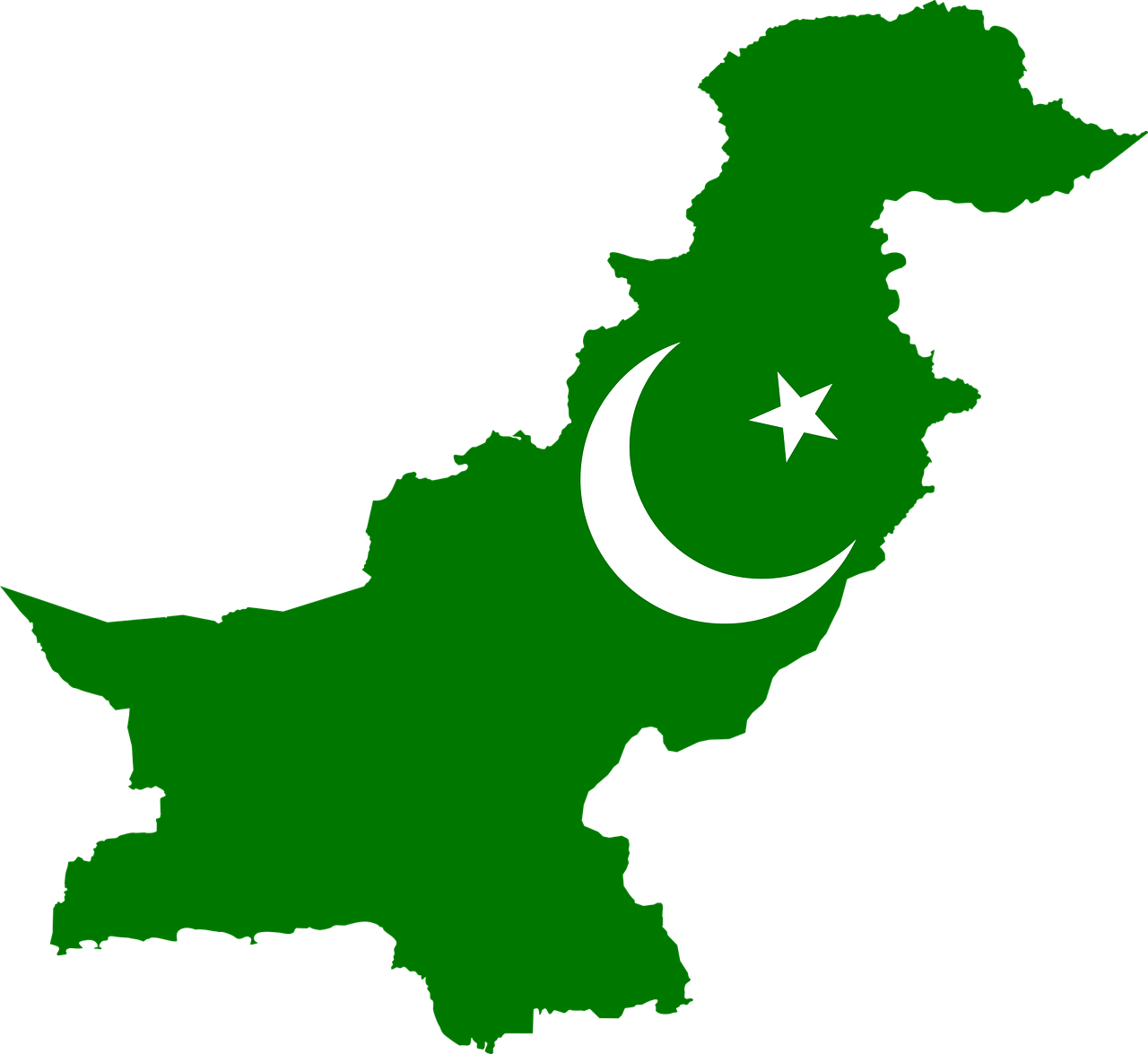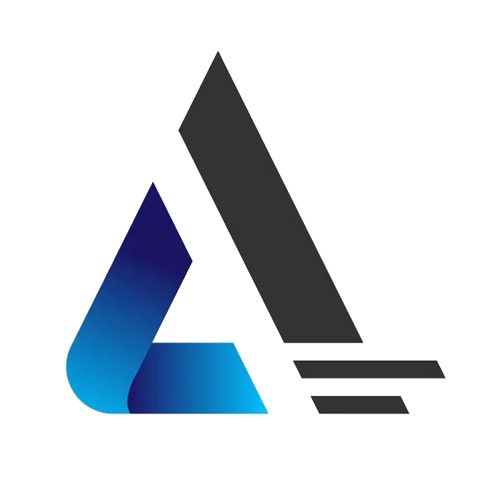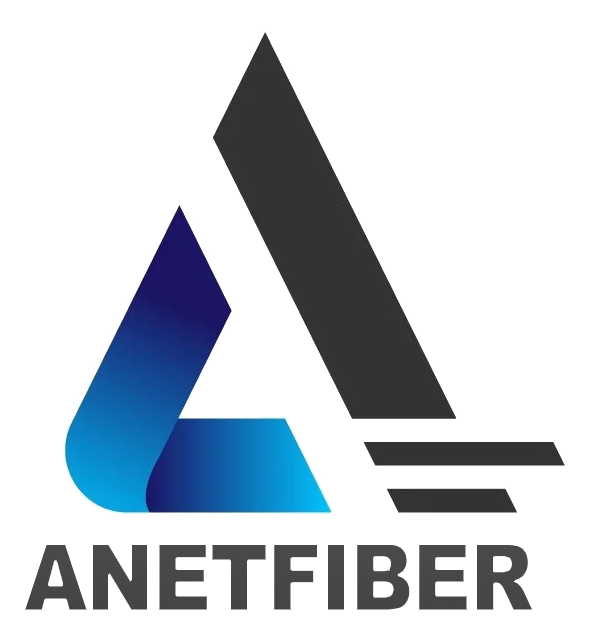The Latest Innovations in Fiber Optic Media Converters: What's Trending in Pakistan

Exploring the World of Fiber Optic Media Converters
Fiber optic media converters play a pivotal role in modern networking infrastructure, serving as the bridge between traditional copper-based systems and advanced fiber optic technology. These innovative devices facilitate seamless communication between Fiber Optic and copper networks, enabling organizations to harness the benefits of both mediums. By converting signals from one type of cable to another, Media Converters ensure smooth data transmission across diverse network architectures.
In Pakistan, there is a growing emphasis on embracing Fiber Optic solutions, driven by the escalating demand for high-speed data transmission. As businesses and industries in Pakistan strive to keep pace with global technological advancements, the need for efficient and reliable connectivity has become paramount. This heightened focus on Fiber Optic infrastructure underscores the country's commitment to fostering a robust digital ecosystem capable of meeting evolving connectivity requirements.
Key Features of Modern Media Converters
As technology continues to advance, modern media converters have evolved to cater to the diverse needs of networking infrastructure. These devices offer a range of key features that are essential for seamless data transmission and network connectivity.
Media Converter Interfaces Ethernet Fast Ethernet Gigabit Ethernet
Modern media converters come equipped with a variety of interface options, including Ethernet, Fast Ethernet, and Gigabit Ethernet. These interfaces play a crucial role in catering to diverse network speeds, allowing organizations to adapt their networking capabilities based on specific requirements. Whether it's the standard Ethernet for everyday use or the high-speed Gigabit Ethernet for bandwidth-intensive applications, modern media converters provide the flexibility needed to support various network environments.
Media Converter Fiber Types Single-mode Multi-mode
When it comes to fiber optic connectivity, modern media converters support different fiber types such as Single-mode and Multi-mode. Choosing the right fiber type is essential for meeting specific networking needs. Single-mode fiber is ideal for long-distance data transmission with minimal signal loss, making it suitable for large-scale deployments. On the other hand, Multi-mode fiber is well-suited for shorter distances within buildings or campuses, offering cost-effective solutions for high-speed data transfer.
Media Converter Power Options AC DC PoE
Flexibility in power options is another standout feature of modern media converters. These devices support various power options including AC, DC, and PoE (Power over Ethernet), ensuring that they can be seamlessly integrated into different setups. The ability to choose between these power options allows organizations to tailor their network infrastructure according to specific power requirements and environmental considerations.
Deployment and Application of Media Converters in Various Environments
As the demand for efficient networking solutions continues to rise, the deployment and application of Media Converters have become increasingly diverse, catering to a wide array of environments including industrial and enterprise sectors.
Media Converter Deployment Environments Industrial Enterprise
In industrial settings, the deployment of Media Converters is crucial for integrating legacy copper-based systems with modern fiber optic networks. Industries such as manufacturing, oil and gas, and transportation rely on robust communication infrastructure to support critical operations. Media Converters play a pivotal role in ensuring seamless connectivity by bridging the gap between different network mediums. Additionally, these environments often require ruggedized Media Converters capable of withstanding harsh conditions, making them well-suited for industrial deployments.
On the other hand, in enterprise environments encompassing office spaces, educational institutions, and commercial establishments, Media Converters facilitate the integration of fiber optic technology into existing network setups. This integration enables enterprises to leverage high-speed data transmission and reliable connectivity without the need for a complete overhaul of their networking infrastructure. The versatility of Media Converters allows for tailored solutions that align with the specific requirements of diverse enterprise settings.
Media Converter VLAN and QoS Support
One of the key functionalities that modern Media Converters offer is support for Virtual Local Area Network (VLAN) and Quality of Service (QoS). VLAN support enables organizations to segment their networks into multiple virtual networks, enhancing security and optimizing network traffic flow. By prioritizing data packets based on predefined criteria, QoS ensures efficient transmission of critical data over the network. The incorporation of VLAN and QoS support in Media Converters empowers organizations to manage their network resources effectively while maintaining optimal performance.
Enhancing Network Performance with Advanced Media Converter Technologies
Media Converter Protocol Conversion Ethernet to Fiber Fiber to Copper
Modern media converters are equipped with advanced protocol conversion capabilities, seamlessly translating signals between Ethernet, Fiber, and Copper mediums. This functionality is essential for integrating diverse network protocols, allowing organizations to harness the benefits of different transmission technologies without compatibility issues. By enabling Ethernet to Fiber and Fiber to Copper protocol conversions, these media converters facilitate the seamless coexistence of various networking standards, ensuring efficient data transmission across the entire network infrastructure.
The integration of protocol conversion features in media converters plays a pivotal role in optimizing network performance by eliminating bottlenecks and enhancing data flow. Organizations can leverage this capability to achieve a harmonious integration of different communication technologies, thereby maximizing the overall efficiency of their networking setups.
Media Converter Link Fault Pass-Through LFPT Features
Media converters with Link Fault Pass-Through (LFPT) features provide a robust mechanism for ensuring continuous network connectivity. In the event of a link failure or disruption within the network, LFPT-equipped media converters swiftly detect these issues and transparently convey the fault conditions to connected devices. This proactive approach allows network administrators to promptly identify and address connectivity issues, minimizing downtime and maintaining uninterrupted data transmission.
The implementation of LFPT features in media converters serves as a proactive safeguard against potential network disruptions, offering enhanced reliability and resilience in dynamic networking environments. By promptly identifying link faults and relaying this information to connected devices, these media converters contribute to the overall stability and continuity of network operations.
Media Converter Redundancy and Failover Mechanisms
Incorporating redundancy and failover mechanisms into media converters is instrumental in upholding network availability during unforeseen failures or outages. These mechanisms enable media converters to automatically switch to backup connections or redundant pathways in response to network disturbances, ensuring that critical data continues to flow uninterrupted. By seamlessly transitioning between primary and secondary links, media converters equipped with redundancy and failover capabilities mitigate the impact of potential disruptions on overall network performance.
The deployment of redundant media converter configurations further fortifies network resilience by providing backup pathways for data transmission. This proactive approach minimizes the risk of single points of failure within the network architecture, bolstering its ability to withstand unexpected events while maintaining consistent connectivity.
Looking Ahead: The Future of Media Converters in Pakistan
As Pakistan continues to embrace digital transformation, the role of Media Converters in shaping the country's evolving infrastructure is poised to become increasingly significant. These versatile devices are set to play a pivotal role in supporting the growth of digital infrastructure across various sectors, catering to the escalating demand for seamless connectivity and high-speed data transmission.
The Role of Media Converters in Pakistan's Digital Transformation
In the context of Pakistan's digital transformation, Media Converters are instrumental in facilitating the integration of fiber optic technology into existing network architectures. By bridging the gap between traditional copper-based systems and advanced Fiber Optic networks, these devices enable organizations to harness the benefits of both mediums. This seamless integration not only enhances network performance but also lays a robust foundation for future scalability and technological advancements. As Pakistan endeavors to bolster its digital ecosystem, Media Converters will continue to underpin the expansion of high-speed connectivity, thereby contributing to the country's overall digital transformation.
Emerging Trends and Innovations in Media Converter Technology
Looking ahead, the future of media converters is poised for exciting advancements and innovations that will further elevate their capabilities. With an increasing emphasis on enhancing data transmission efficiency and network resilience, emerging trends in media converter technology are expected to focus on optimizing protocol conversions and bolstering redundancy mechanisms. Additionally, there is a growing emphasis on developing more compact and energy-efficient media converter solutions that align with sustainable practices while delivering exceptional performance.
Furthermore, innovations in Fiber Optic connectivity are anticipated to influence media converter technology, leading to enhanced support for diverse fiber types and extended transmission distances. As organizations in Pakistan seek comprehensive networking solutions tailored to their specific requirements, media converters are projected to evolve with enhanced flexibility and adaptability, ensuring seamless integration within dynamic networking environments.
See Also
Revolutionizing Data Transmission with 4 Cutting-Edge Fiber Optic Innovations
Exploring Industry Innovations: Future Trends in Advanced Optical Fiber Cables
Enhanced Connectivity: 5 Advanced Technologies for Fiber Optic Splicing
A Comprehensive Case Study: Implementing Fiber Optic Solutions in Your Industry
Revolutionizing Cloud Computing: 5 Ways Fiber Optics Make an Impact


